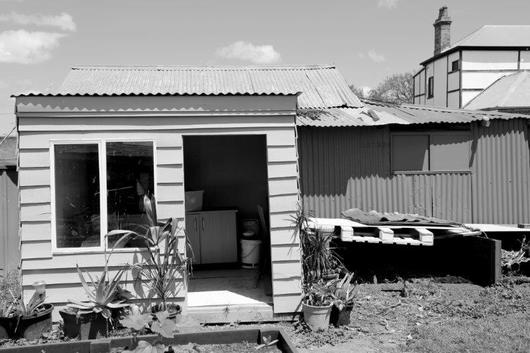Homeless in Kindy
By Marilyn Sanderson
In 2009, six weeks into the school year, my kindergarten class was in full swing and into an established routine. It was a routine which made a number of assumptions. It assumed that students lived in a home where meals could be prepared; lived in a place which had adequate light to practice the reading of their leveled books and revise their sight words; had access to a bathroom where they could wash to maintain personal hygiene; had laundry facilities and a toilet; had a safe place to play and a bed which allowed for a good night’s sleep free from fear of assault.
So, when Bonnie arrived in week six, I was obliged to rethink these assumptions. Bonnie’s mum, Natalie, explained that the family were living in their car and she was finding it difficult to manage.
‘I suffer from depression,’ she explained averting her gaze. ‘My husband is a hard worker but he can’t read so well, so, he needs manual work. He has just got a job but we haven’t been able to find a place yet. My two older kids are at high school but they hate it. Kids can be so cruel.’
I thought of Bonnie’s siblings turning up at school where they were confronted with yet another set of assumptions and expectations. Natalie had done her best to dress Bonnie in the school uniform but the lack of laundry facilities soon became evident. The family was relying on relations to assist them but ‘it is strain to accommodate the five of us’. And so they were obliged to negotiate the logistics of finding shelter each night.
Bonnie was at once excited and anxious to be starting Kindy but structured literacy activities proved a challenge. She much preferred to play in the home corner where she practiced mothering on the assortment of dolls. Whenever playdough or other craft materials were available Bonnie’s eyes would light up. But it was apparent that she had had little experience in using scissors or pencils.
As Natalie’s depression deepened, Bonnie’s attendance dwindle. The school had yet to commence its breakfast program which in the following years provided food and fun in a nurturing environment for children from struggling families.
An economist friend once informed me that the average wage earner is approximately six weeks from bankruptcy if they lose their job. I considered my own situation and thought ‘Yep. Without the support of family and friends, that would do it.’
By Marilyn Sanderson
In 2009, six weeks into the school year, my kindergarten class was in full swing and into an established routine. It was a routine which made a number of assumptions. It assumed that students lived in a home where meals could be prepared; lived in a place which had adequate light to practice the reading of their leveled books and revise their sight words; had access to a bathroom where they could wash to maintain personal hygiene; had laundry facilities and a toilet; had a safe place to play and a bed which allowed for a good night’s sleep free from fear of assault.
So, when Bonnie arrived in week six, I was obliged to rethink these assumptions. Bonnie’s mum, Natalie, explained that the family were living in their car and she was finding it difficult to manage.
‘I suffer from depression,’ she explained averting her gaze. ‘My husband is a hard worker but he can’t read so well, so, he needs manual work. He has just got a job but we haven’t been able to find a place yet. My two older kids are at high school but they hate it. Kids can be so cruel.’
I thought of Bonnie’s siblings turning up at school where they were confronted with yet another set of assumptions and expectations. Natalie had done her best to dress Bonnie in the school uniform but the lack of laundry facilities soon became evident. The family was relying on relations to assist them but ‘it is strain to accommodate the five of us’. And so they were obliged to negotiate the logistics of finding shelter each night.
Bonnie was at once excited and anxious to be starting Kindy but structured literacy activities proved a challenge. She much preferred to play in the home corner where she practiced mothering on the assortment of dolls. Whenever playdough or other craft materials were available Bonnie’s eyes would light up. But it was apparent that she had had little experience in using scissors or pencils.
As Natalie’s depression deepened, Bonnie’s attendance dwindle. The school had yet to commence its breakfast program which in the following years provided food and fun in a nurturing environment for children from struggling families.
An economist friend once informed me that the average wage earner is approximately six weeks from bankruptcy if they lose their job. I considered my own situation and thought ‘Yep. Without the support of family and friends, that would do it.’
Listen and learn about Matthew Talbot Services for people who experience homelessness


